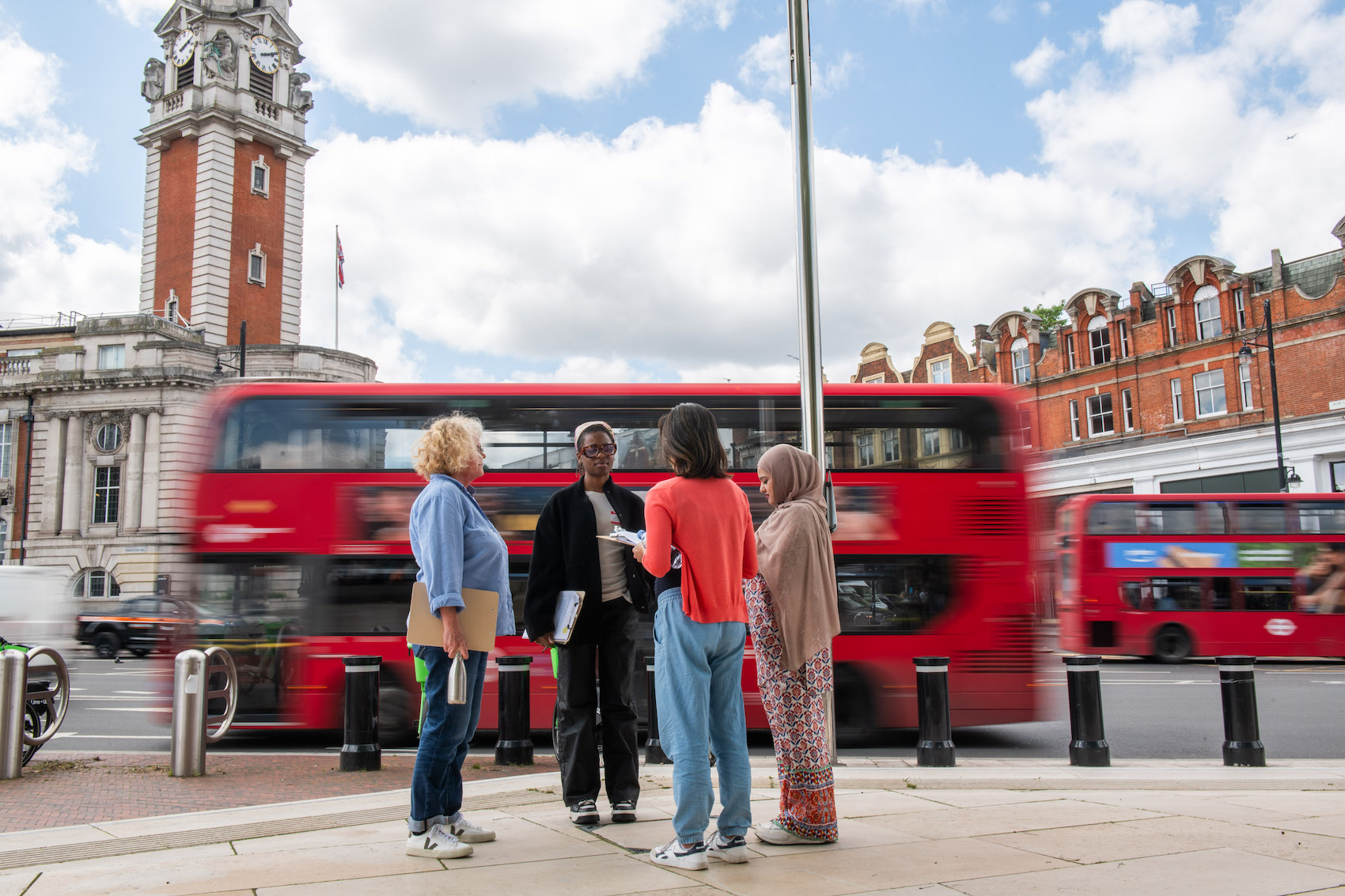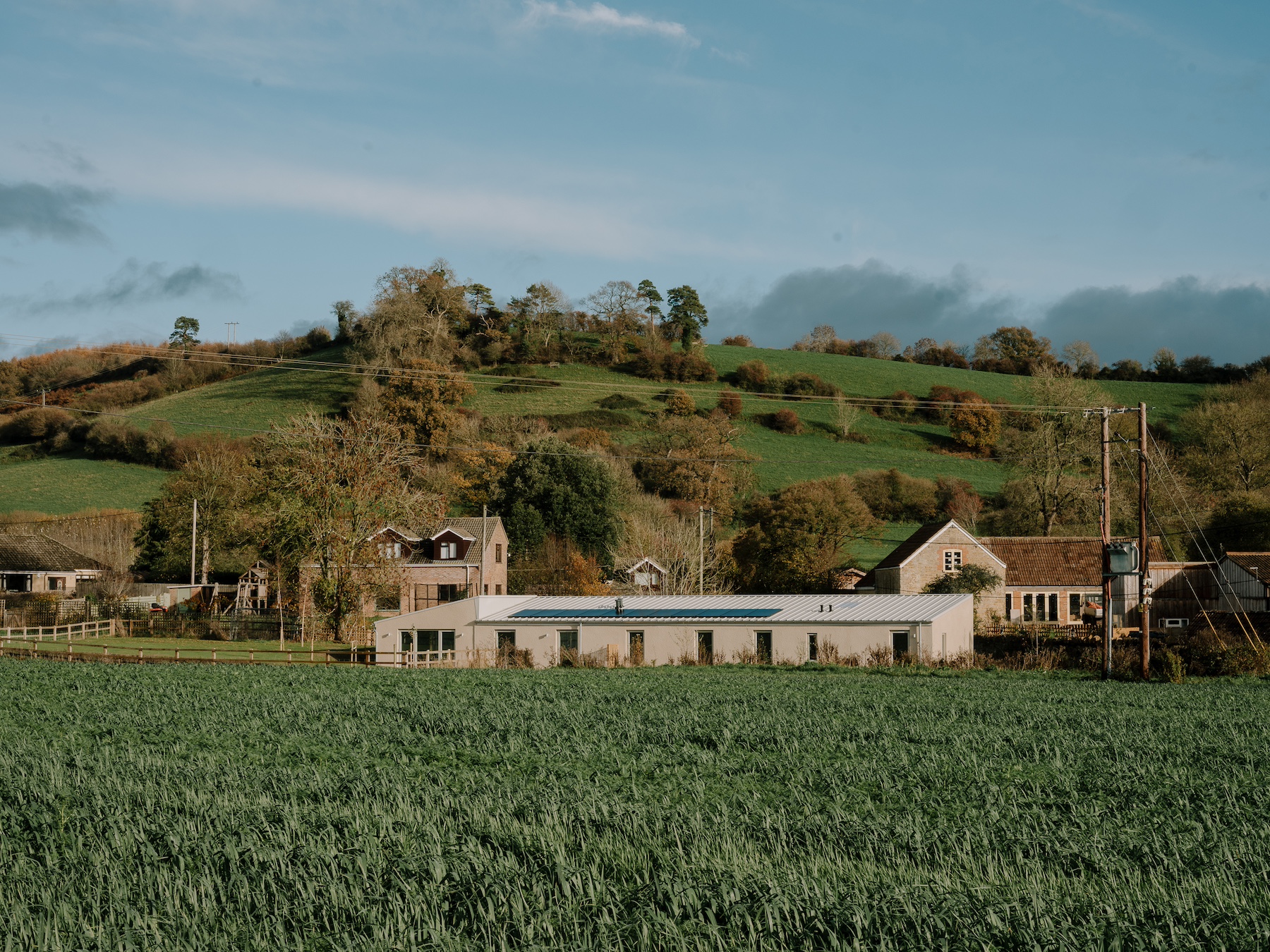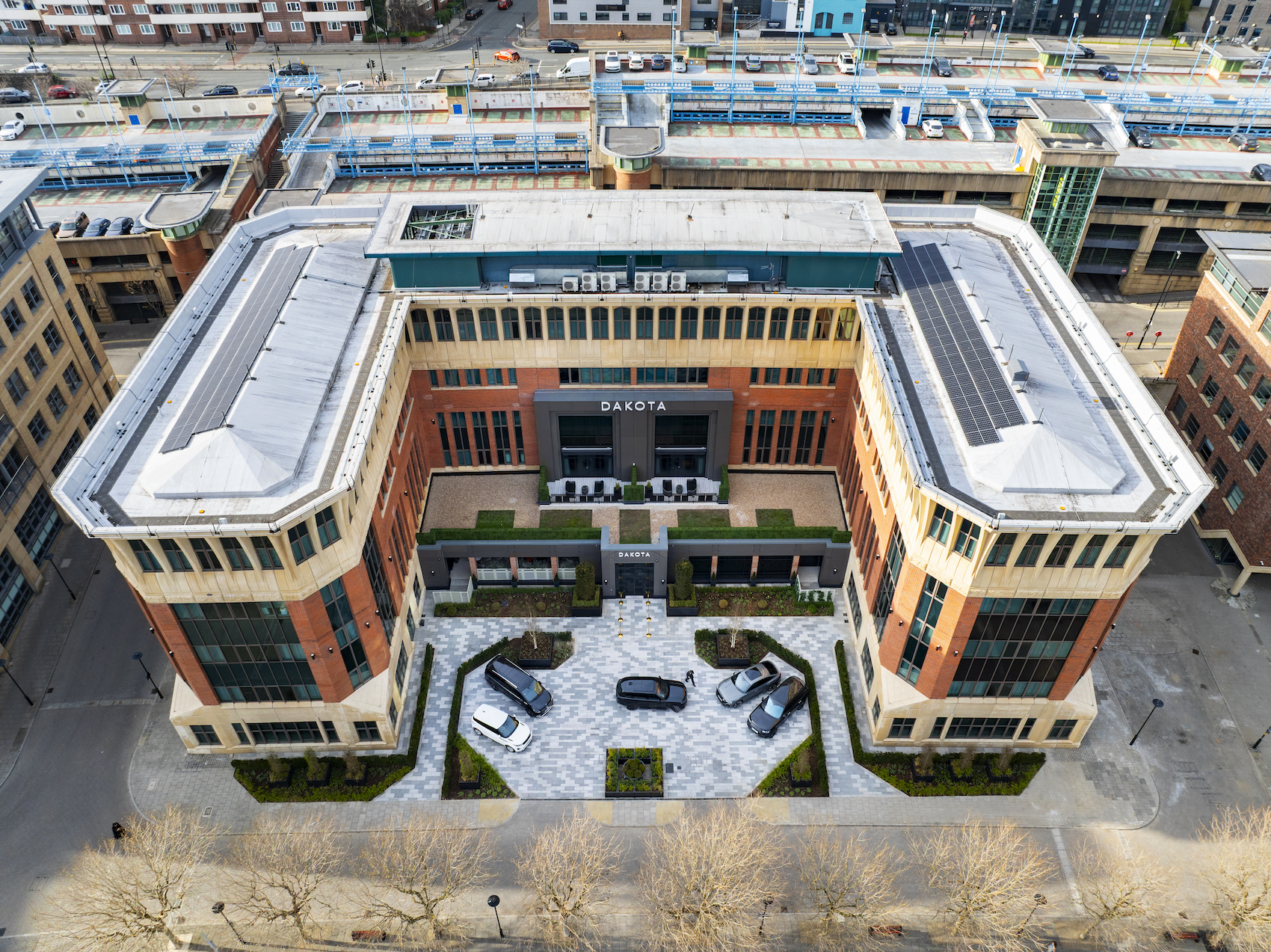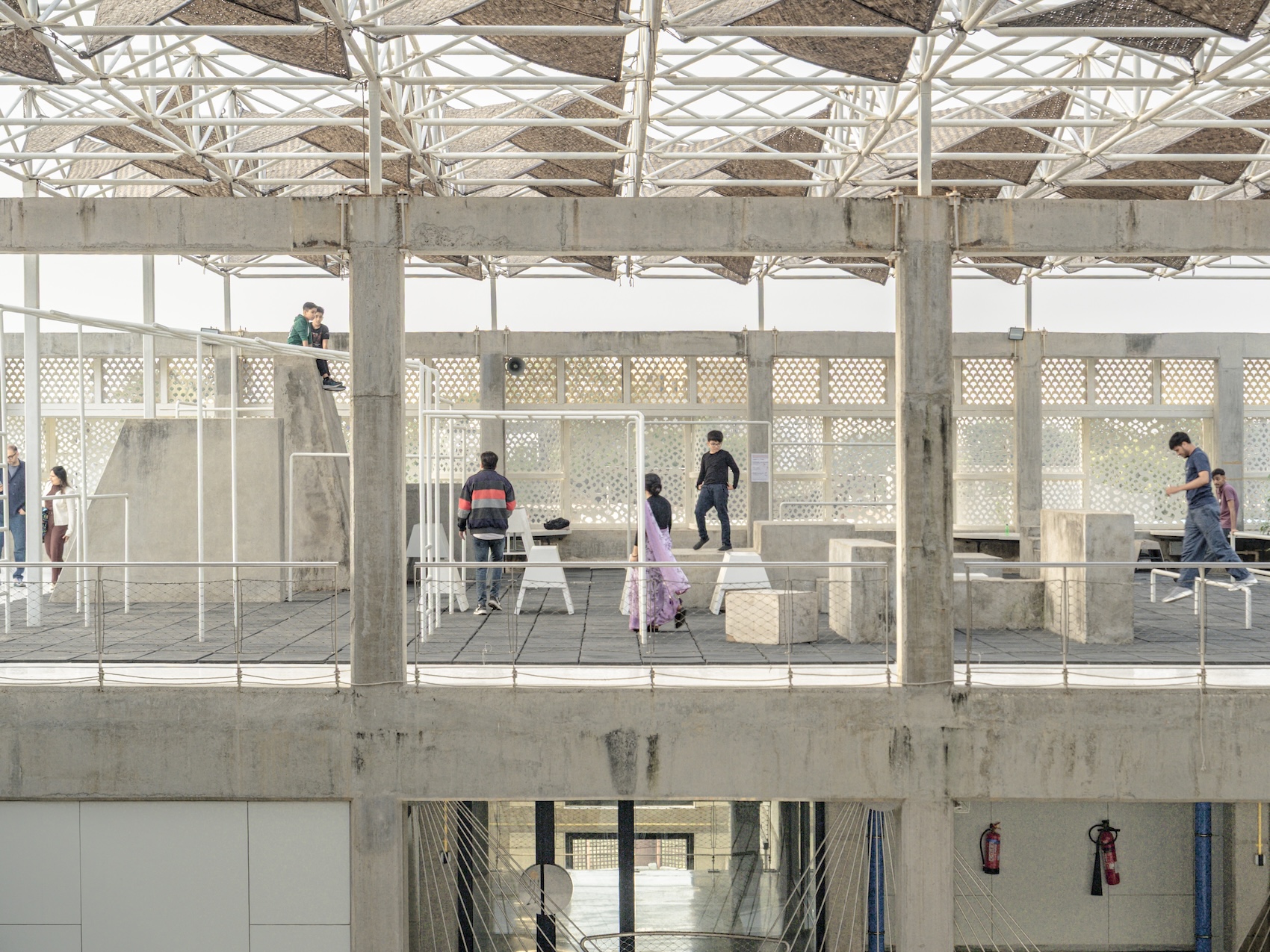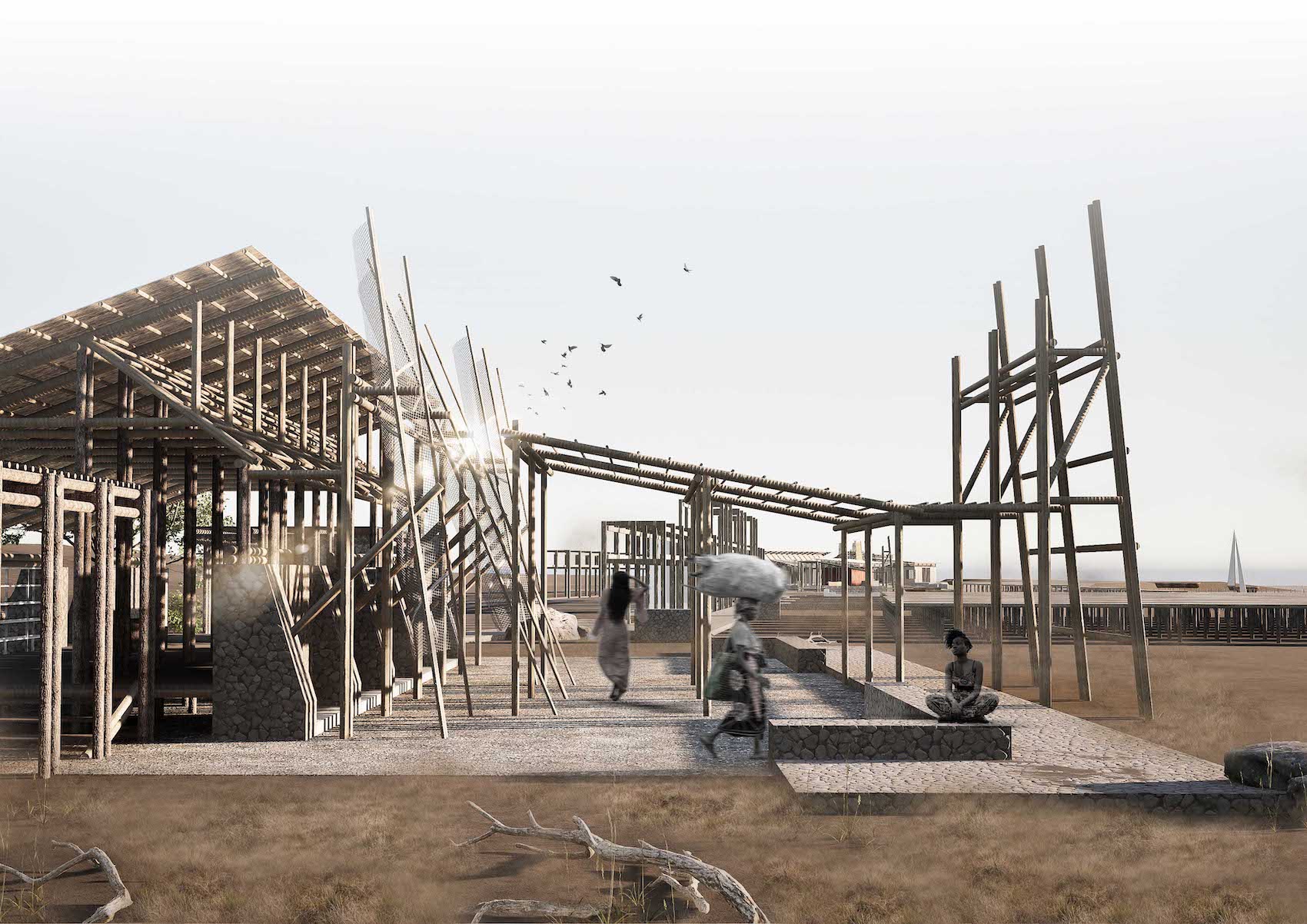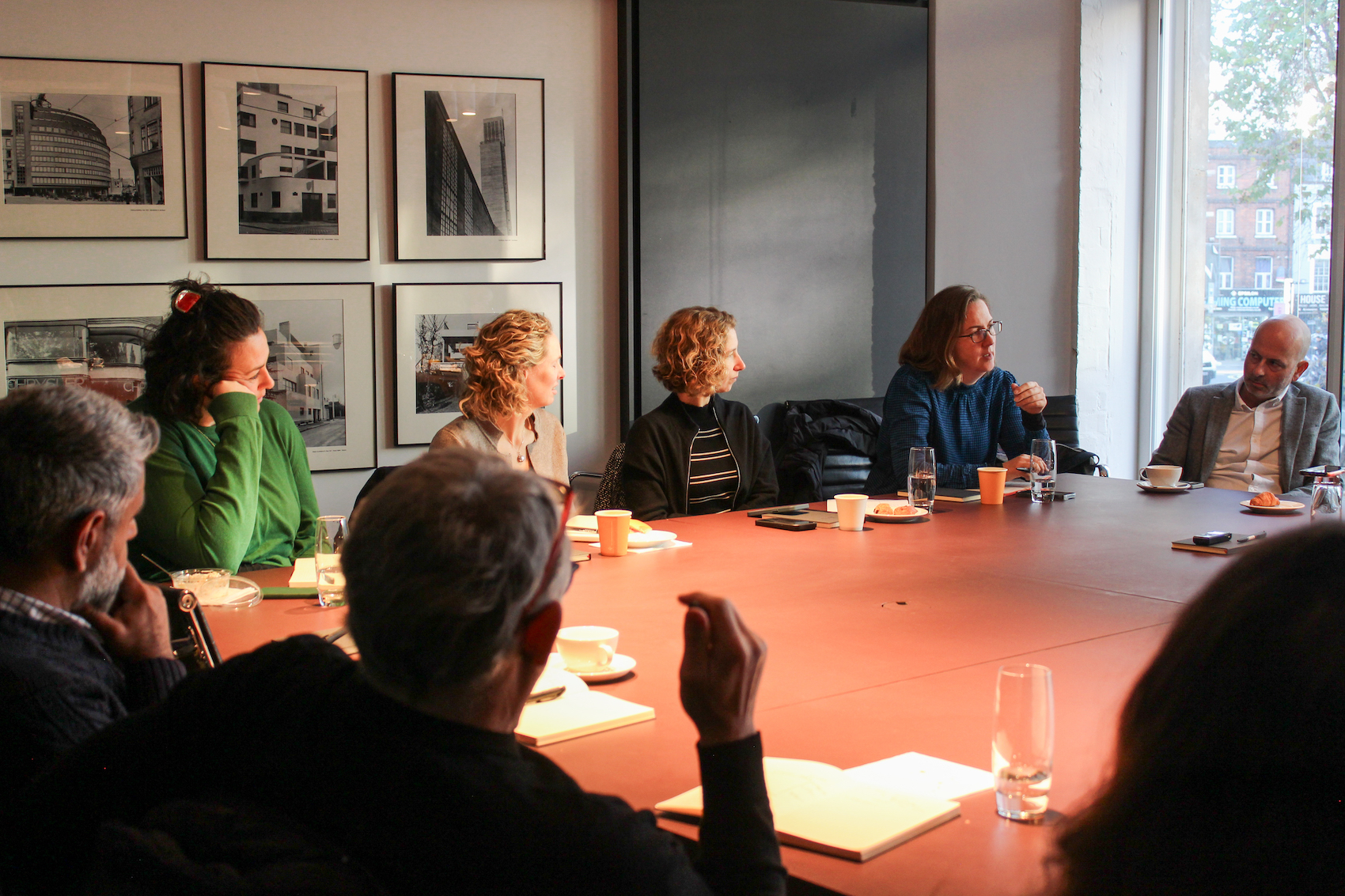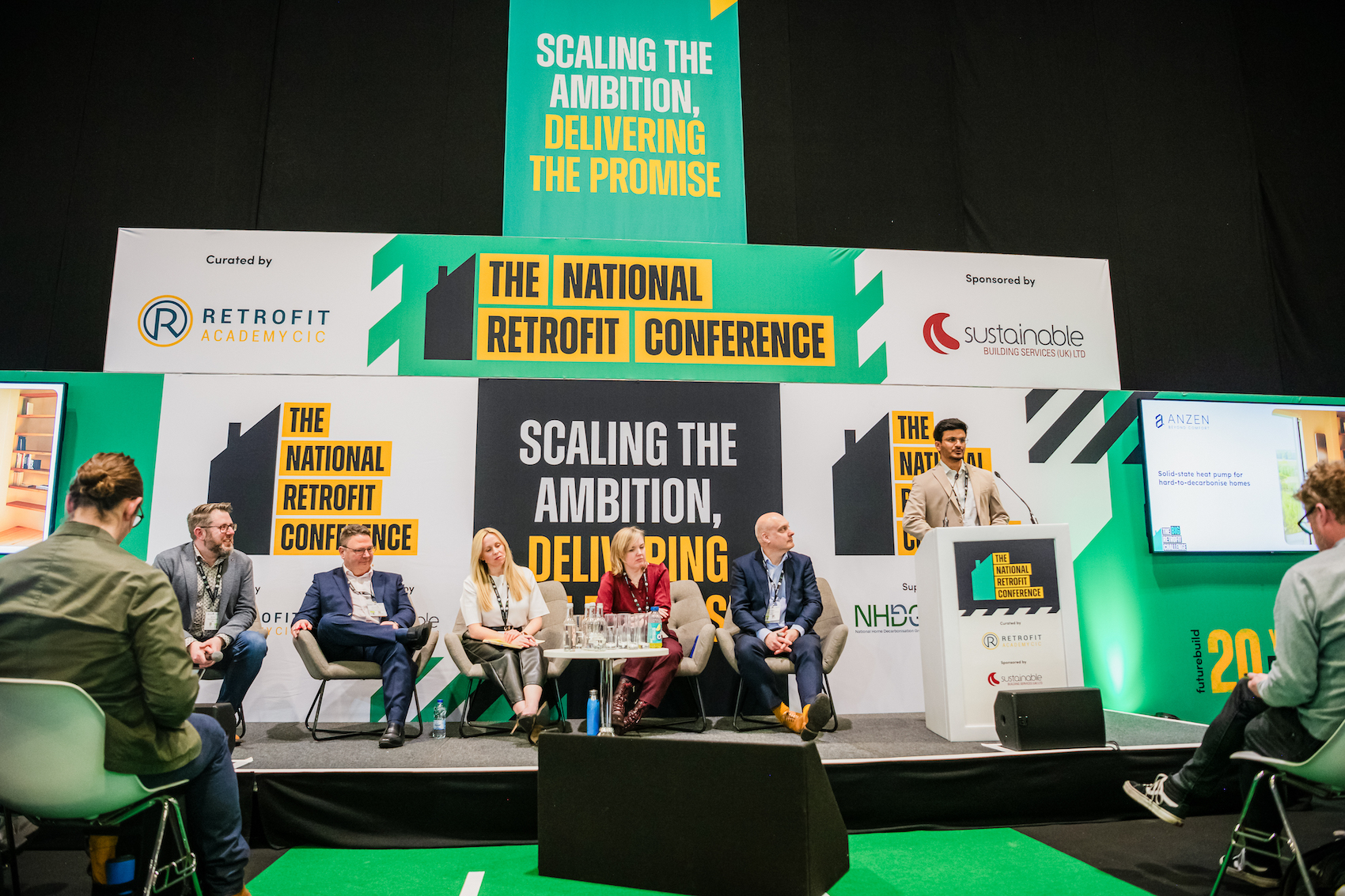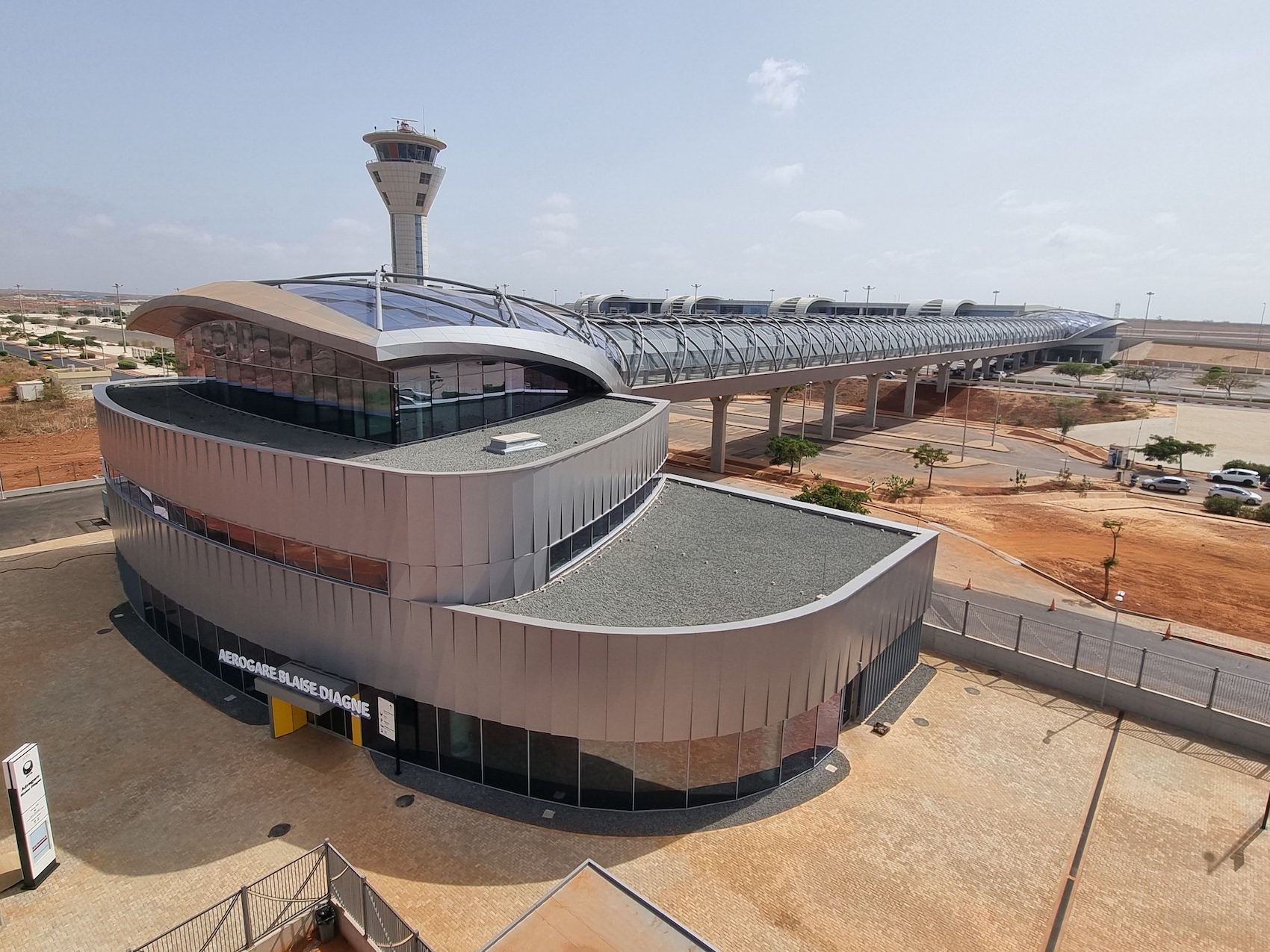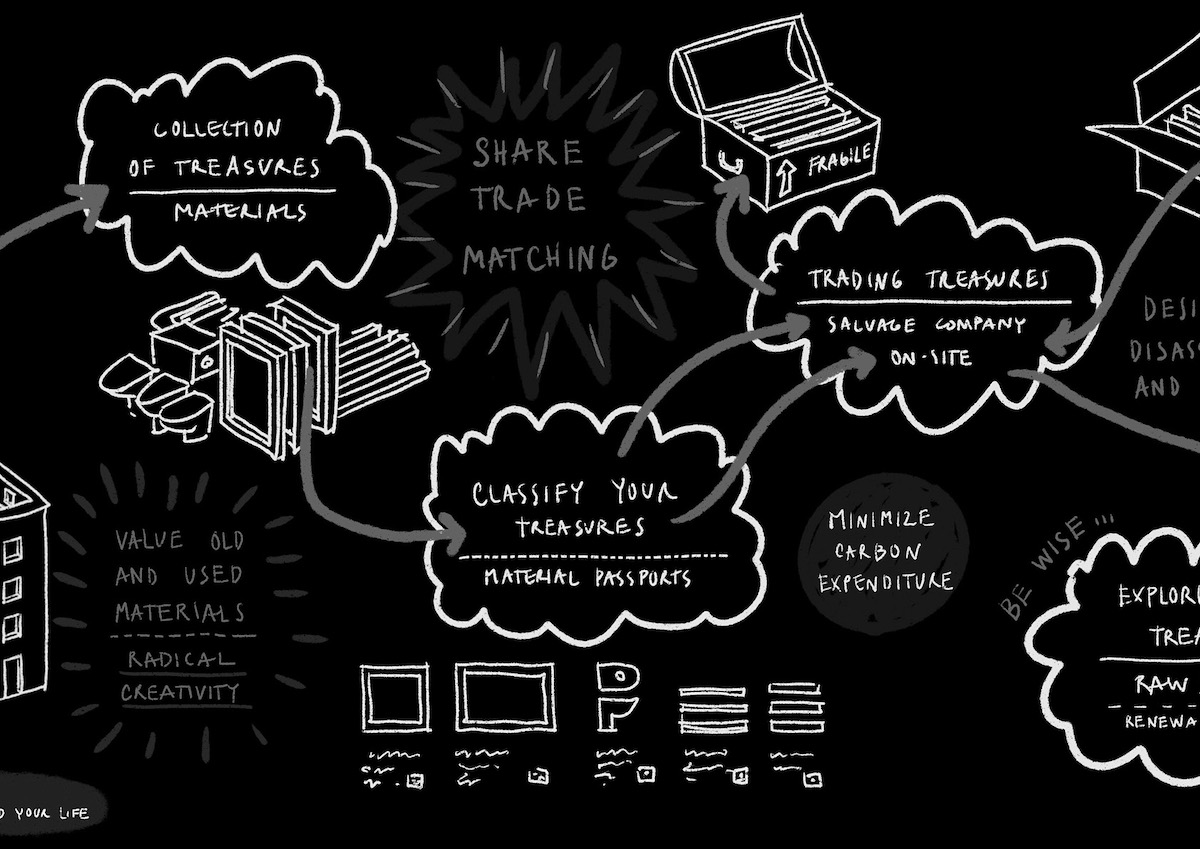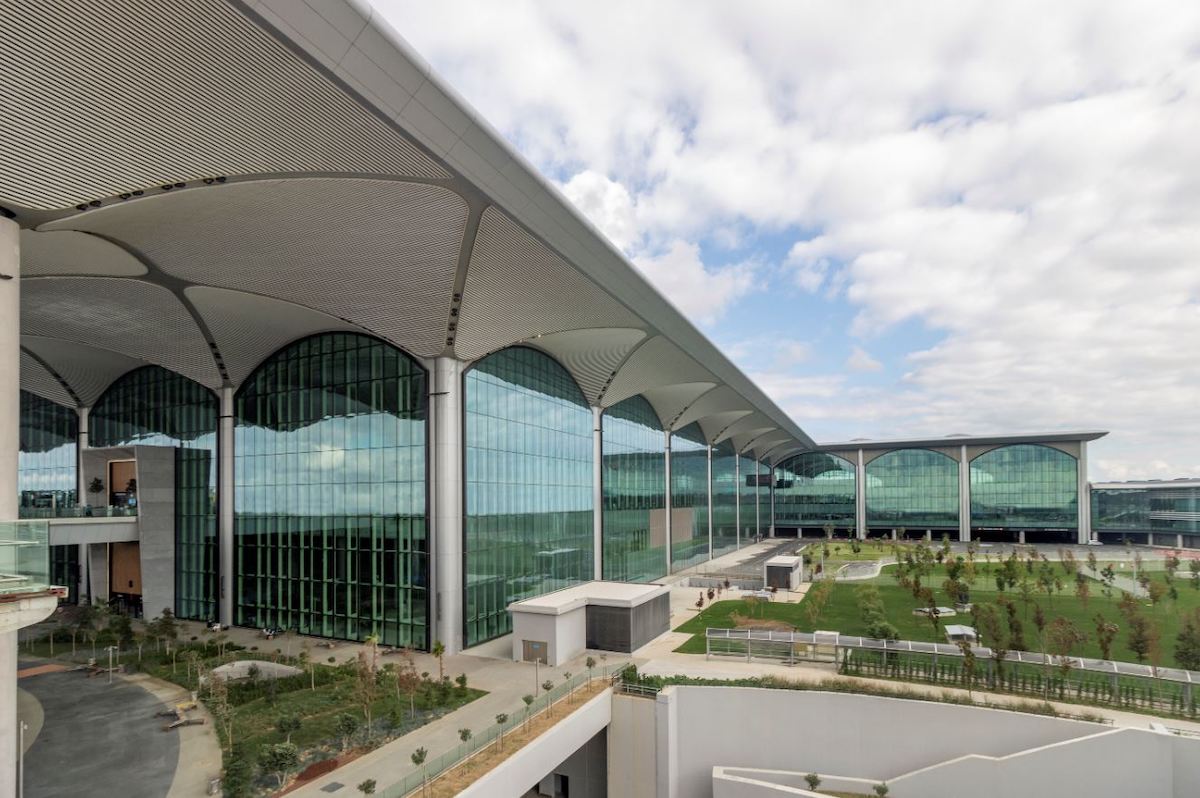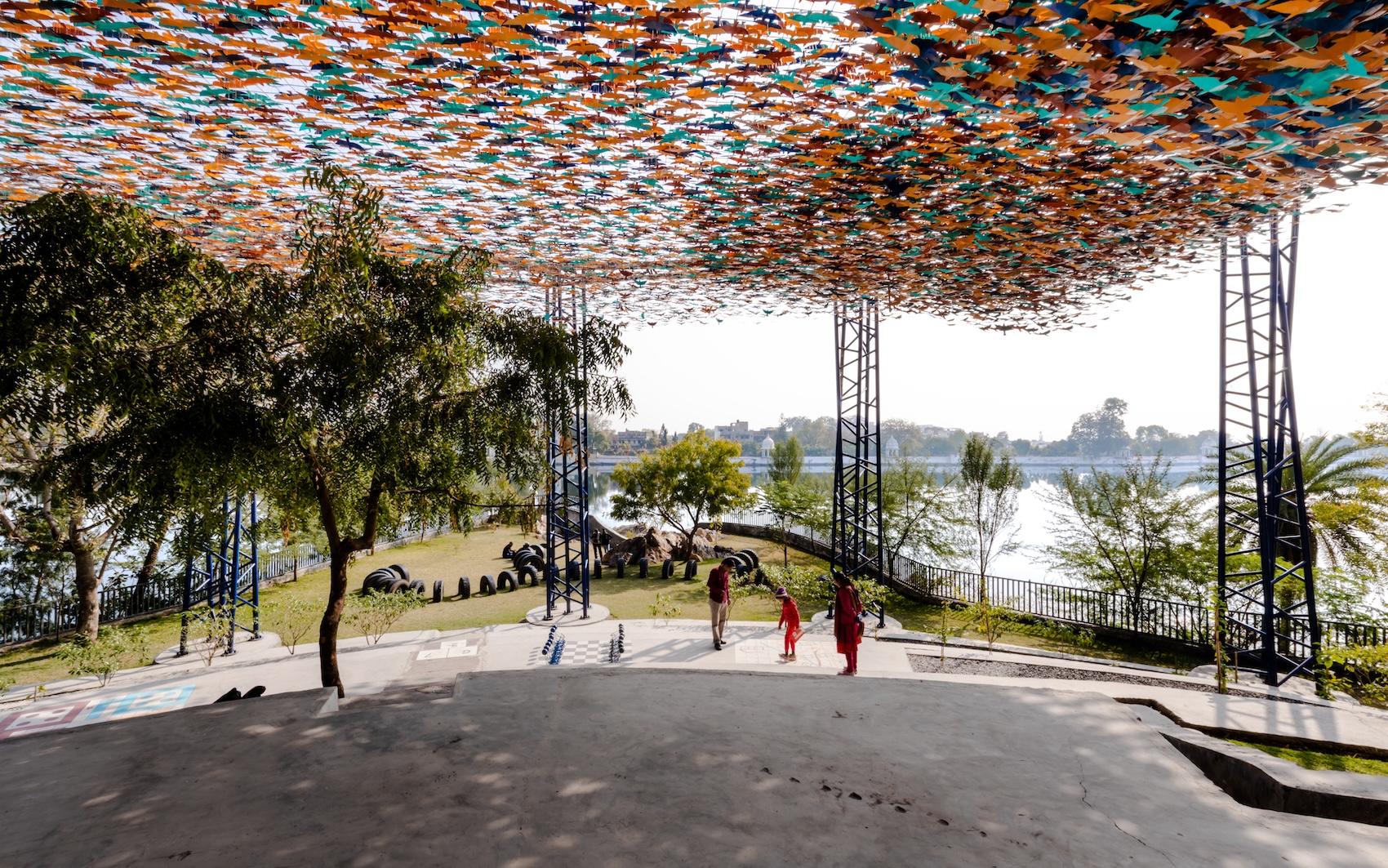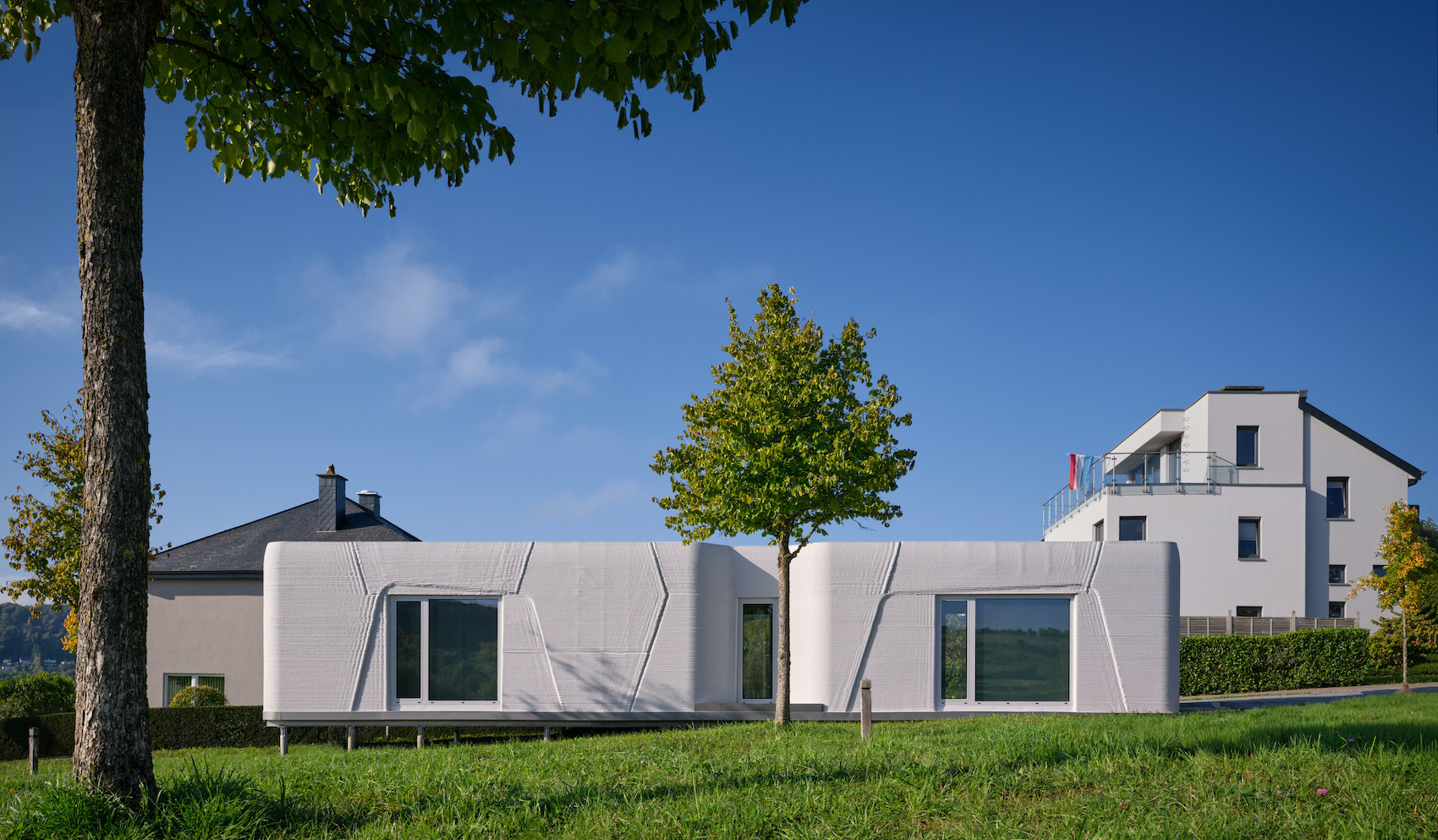AT chats to Holly Lewis of We Made That about the joys of sitting upstream in the decision-making process, reimagining the grey belt and serendipitous encounters at UKREiiF.
You’ve carved out a very particular niche at the interface between architecture, policy and consultation. Is that something you consciously set out to do?
We have consistently wanted to be slightly further upstream in the decision making. Just to receive a brief is fine; but there’s something really interesting about shaping the brief and something really, really interesting about informing the thinking that shapes the brief. We’re architects, so if you need a building we can design it for you, and we’re strategists, so if you want a strategy we can do that too. We have a research team, strategy team and delivery team. So far its served us well in that we’ve got a lot of strings to our bow, and we can be quite agile in shifting the focus of what we do. There have been some years where the research has been our focus, and others where the emphasis is very much on delivery. The size and breadth of skills within our team means we can be nimble and adapt to the opportunities coming our way.
What are you working on at the moment?
It’s a fun mix! On the delivery side, we’re working on the creative retrofit of an old pier building in Wigan for an arts charity that works with children and young people. Our research team are updating the London-wide cultural infrastructure map. Our strategies team are working on an area of ‘grey belt’ proposals in Enfield and are part of the team that’s undertaking the London Green Belt Review. It’s quite dry and technical, in a way I find really fascinating. This particular piece of work is evidence – straight-laced white-coated evidence – but there will be a moment between that evidence and how it translates into the London Plan which will have a fundamental impact on London’s future.
We Made That’s strategies team has been working up proposals to develop Crews Hill as a compact ‘grey belt’ settlement for the London Borough of Enfield. the plan includes 5,500 homes with a rich mix of education and employment opportunities, retail, entertainment and sport facilities and easy access to surrounding parkland, river valleys and open space.
Will We Made That be part of that decision-making process?
We definitely want to be near to it! The new London Plan document sets out the government’s thinking around large-scale extensions, wo you can sort of add two and two and make four, but there will be some thinking about the selection of places. As you can imagine, there are a lot of people who are really interested to see how it works out. All those really interesting questions around what does the future of London look like, and what should we be building now.
How was UKREiiF for you?
I’m always pleasantly surprised by the number of serendipitous meetings that happen here. You do a lot of planning, then you bump into the Chief Executive of Sheffield Council, who happens to be sitting next to you at an event. You could never predict that was going to happen.
Womens Safety Audits. In collaboration with 47 women, girls and gender diverse individuals across five pilot locations, as well as an advisory board and the UCL Citizen Science Academy, We Made That developed tools to capture and assess experiences of safety in public spaces. This work resulted in a comprehensive toolkit, which includes methods such as participatory mapping, multi-sensory walking, and practical checklists to support meaningful safety audits. We Made That also worked closely with each local pilot site, bringing together representatives from local authorities, TfL, and other stakeholders, to discuss findings and explore how they can inform future initiatives. Photograph by Jas Lehal.




